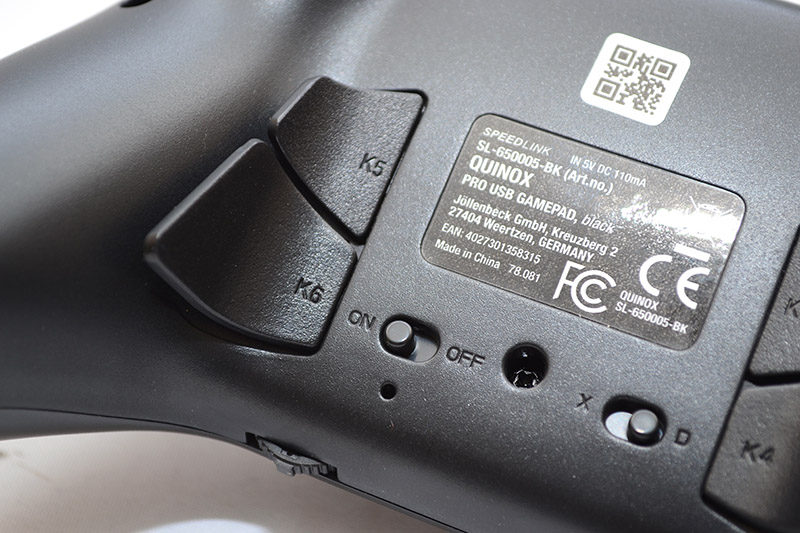Speedlink Quinox Pro USB PC Gamepad Review
Peter Donnell / 8 years ago
A Closer Look
The controller layout will be familiar to anyone who has used an Xbox-style controller, with the offset sticks, a D-PAD in the lower left, four main face buttons, start, select, and the central hub button; they’re all here and accounted for.
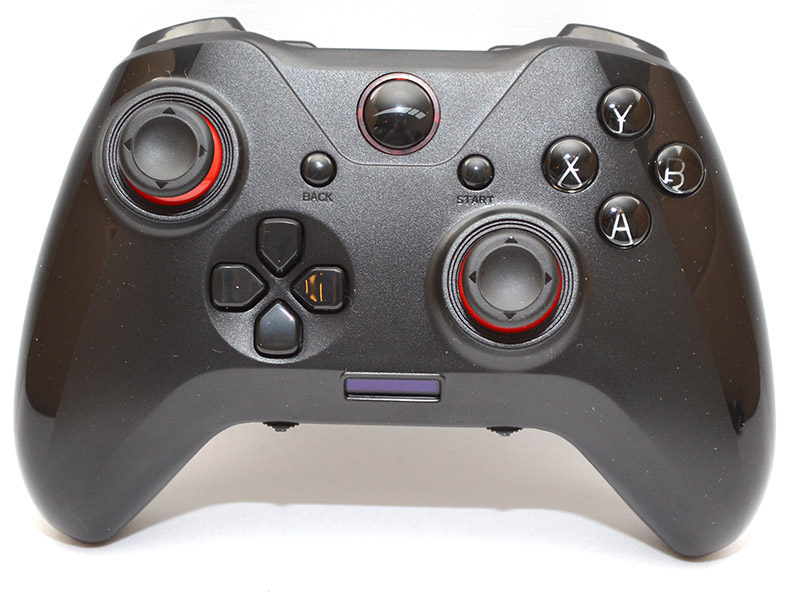
Immediately, though, you’ll notice there are a lot of extra things going on here. Firstly, we have a small OLED display on the bottom edge, as well as two joy wheels. These wheels can be turned left or right, as well as pressed in, giving you access to on-the-fly controls, the information for them is displayed on the OLED screen, meaning you can do all this mid-game if needed; more on that in a moment though.
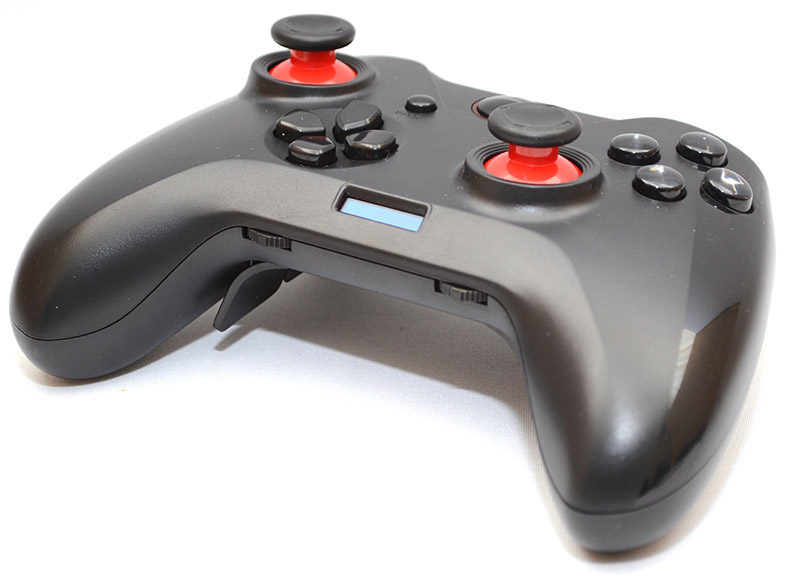
The ergonomics of the controller are very similar to the Xbox One controller, it’s a nice shape and size, with a good sturdy weight to it, so it fits comfortably in your hands, which is obviously a good thing.
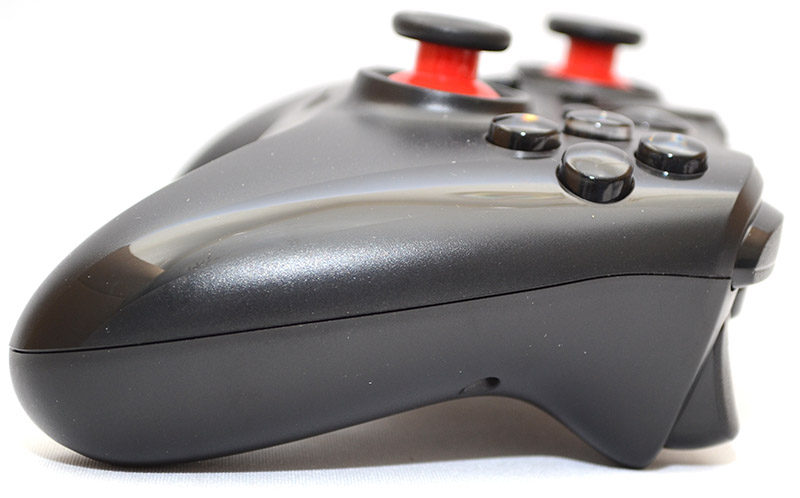
Around the back, well, there’s a lot going on there too! We’ve got two shoulder buttons, and a pair of triggers, which is normal enough, but then you’ll find a set of inner buttons, like a secondary set of shoulder buttons.
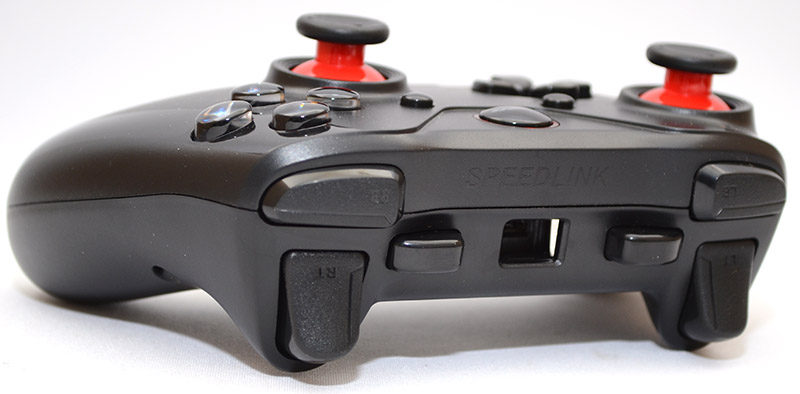
In the middle, a deep recess for the USB cable, and that large opening allows the USB header to firmly lock into place so you don’t lose the cable mid game.
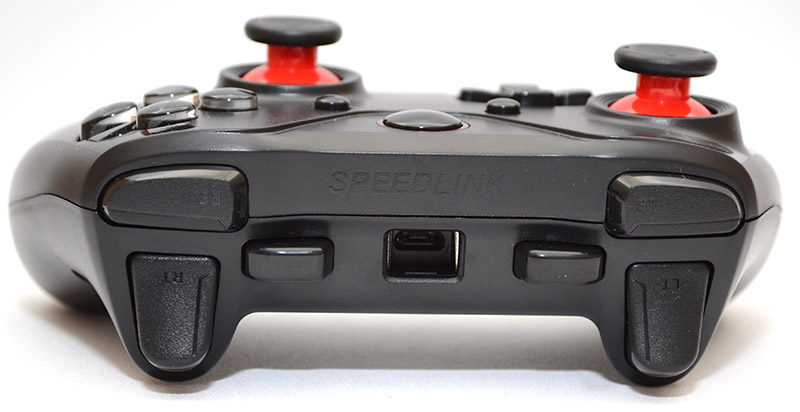
The triggers have a nice curve to them, which makes them perfect for gaming as your fingers won’t slip off them. They’ve got a good throw range to them too, but a little shorter than say, Xbox One, which should tighten up response times for shooters.
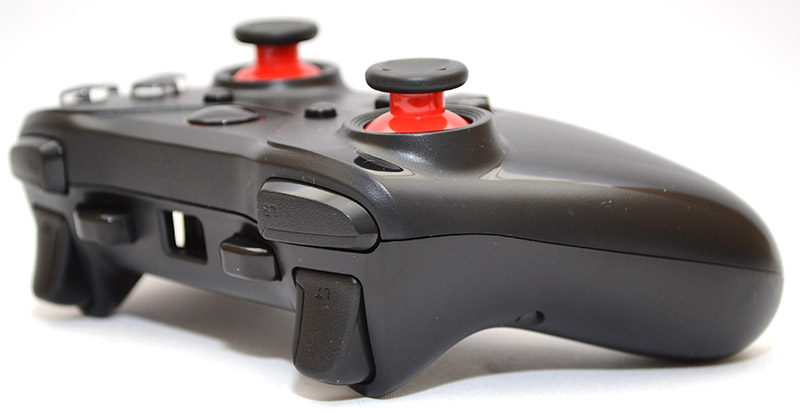
But wait there’s more! Look on the underside, you’ll see some more triggers, similar to those found on Scuf/Elite controllers.
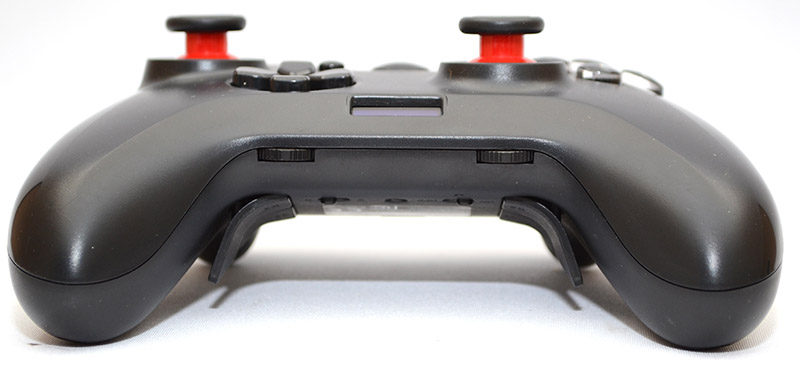
There are four triggers here in total, and each can easily be easily programmed on the fly using the OLED display/jog wheel setup on the other side.
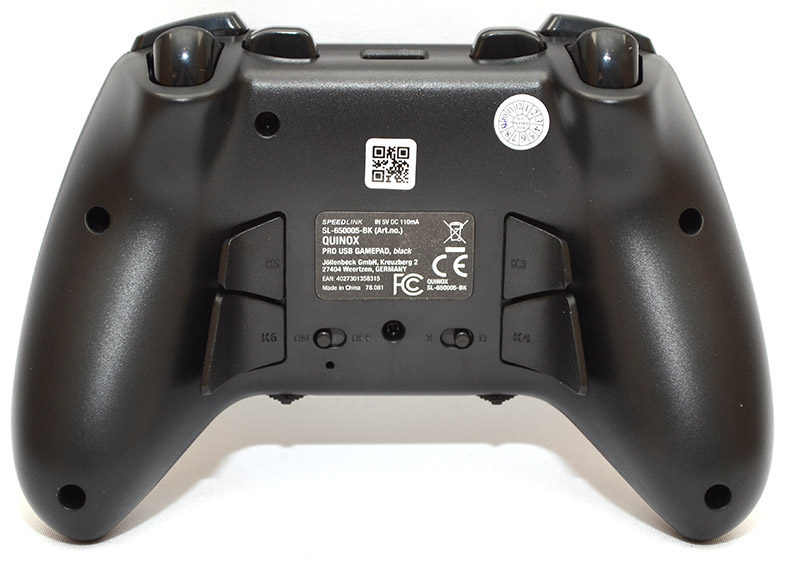
Two switches here allow quick power control and easy switching of input type (Direct/Xinput).
